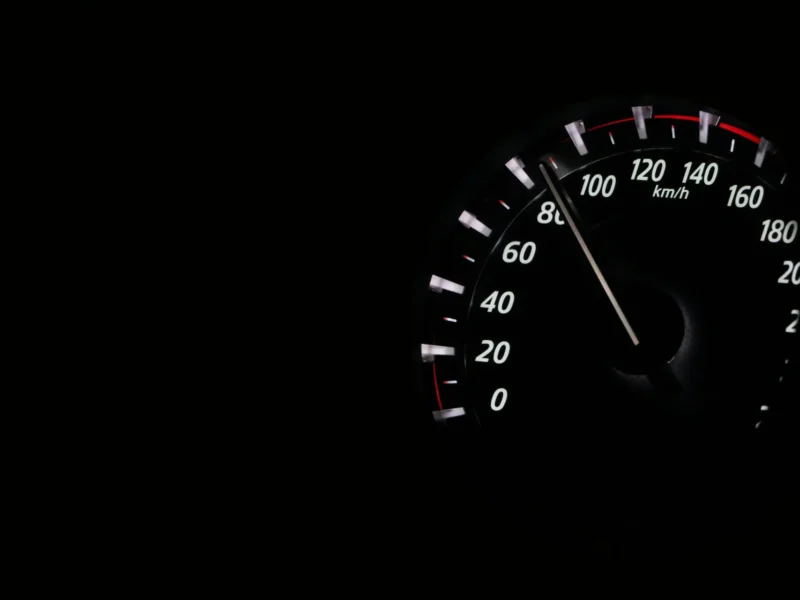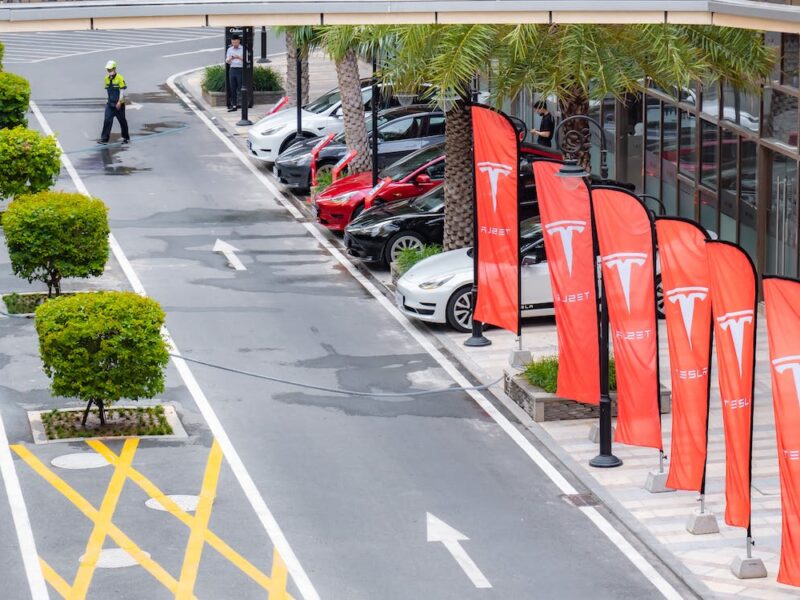How can you tackle rising car insurance prices?
In recent months, car insurance premiums in the Netherlands have increased significantly. For example, in the first quarter of this year, there was already an average rise of as much as 11 percent compared to last year. In practice, the ever-increasing cost of car insurance means policyholders are searching en masse for ways to counteract these price hikes. Does this apply to you as well? If so, you’re sure to find that the tips in this article can definitely help you with that!
Regularly (re)do a comparison
Possibly the simplest and at the same time quickest way to save on your car insurance is to regularly carry out a comparison. By comparing car insurance, you can benefit from various advantages in practice, namely:
- You get a clear overview of the car insurance policies available on the market
- You will know which insurers can offer you the most attractive premium
In principle, it is recommended to do a car insurance comparison once a year. After all, what was the most attractive or cheapest insurance for your car last year does not necessarily still hold true this year—the opposite is often the case. By frequently repeating a comparison, you can easily tackle price hikes for car insurance. It will only cost you a little bit of extra effort.
Review your car insurance cover critically
Have you had your car insurance for quite a long time? Then not only could it be worth doing a (new) comparison, but now may also be the right time to take a critical look at the cover you have. More specifically, there are two main things you should consider in this regard:
- Are all your current types of cover still necessary or beneficial?
- Are you not accidentally double insured?
Did you choose to buy a new car quite a few years ago and, as a result, take out fully comprehensive (all-risk) insurance? If so, there’s a chance that this (expensive) insurance is now much less appealing. Also keep in mind there can be a considerable price difference between third-party fire and theft insurance (WA+ limited casco) and basic third-party cover (WA). If you have a car of (very) low value and/or you hardly use your vehicle, then a WA policy may well be sufficient. This is the cheapest car insurance available on the market.
Consider a higher excess
If you’re faced with damage to your vehicle, you’ll find that your insurer won’t reimburse the full amount. There is always what’s known as an excess. This is the amount you, as the policyholder, need to pay yourself. Many policyholders are unaware, but it is possible to adjust this excess within certain limits. Do you currently have a very low excess? In that case, your regular insurance premium will be (unnecessarily) high. So, it can certainly be worthwhile to consider increasing it.
Note! Raising your excess may have a positive effect on your regular insurance premium, but it also means you will have to pay more yourself in the event of a claim. So weigh up carefully what will actually be most advantageous and financially beneficial for your situation.
Optimise your no-claims years
The premium you pay for your car insurance is also affected by the number of no-claims years you have built up. The more no-claims years you have, the cheaper your insurance becomes. However, for many people, a large part of this benefit ends up vanishing almost needlessly—especially because they often claim for minor damages. If you have minor damage to your vehicle and can’t recover the costs from a third party, it is often more worthwhile to pay for it yourself. That way, your no-claims discount isn’t affected and you avoid your premium increasing unnecessarily.
Pay your car insurance annually
People with expensive car insurance, such as a fully comprehensive policy, often opt in practice to pay monthly instead of once a year. That can be a conscious and sensible choice, but it comes with a significant drawback. Spreading your payments across the year usually means you pay a surcharge with some insurers.
This surcharge is charged on your full annual premium. Needless to say, this can easily make your car insurance even more expensive. So, if you are able to pay your total annual premium in one go, that is pretty much always the most cost-effective option.
Consider buying a new car
Without a doubt, one of the most drastic ways to tackle rising car insurance prices is to opt for a new car. When you insure a car, the insurer will take into account all sorts of different factors. Not only do they look at your driving experience and (where relevant) your accumulated no-claims years, but also the type of car is an important factor.
Do you currently have a very polluting, heavy car? Then it may be worth considering buying a new vehicle. Whether this is worthwhile for you depends, of course, partly on how often you use your car and what financial benefits you stand to gain by making the switch. That speaks for itself.










